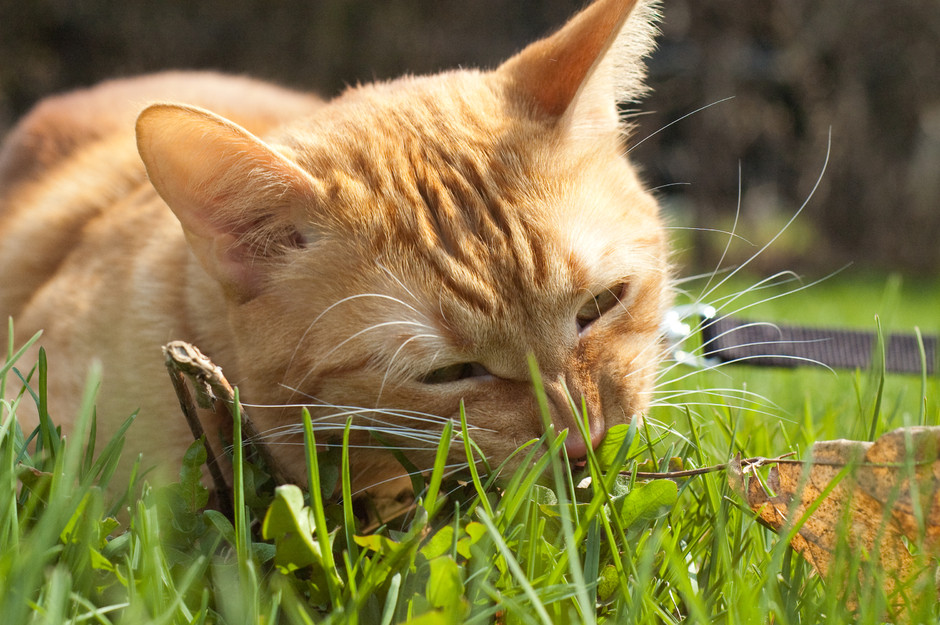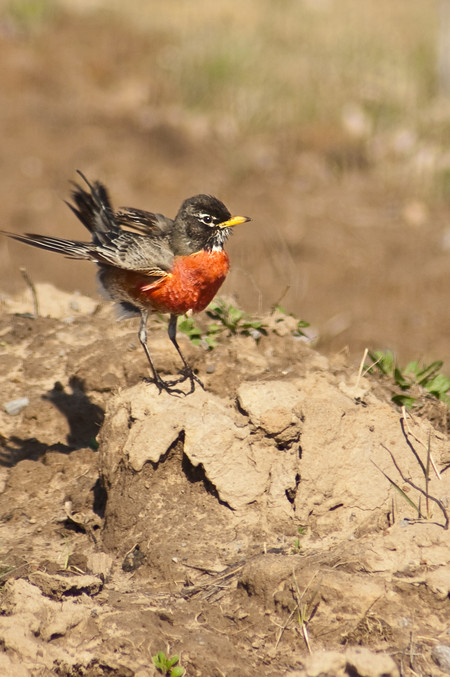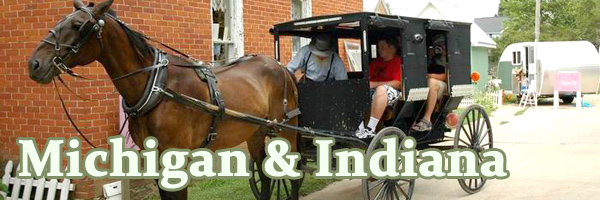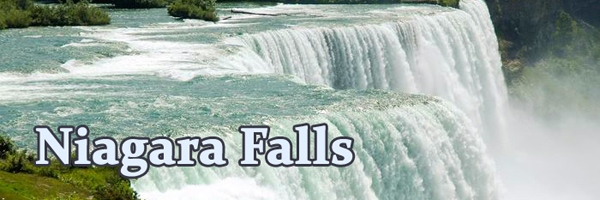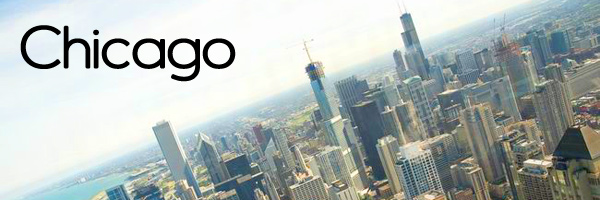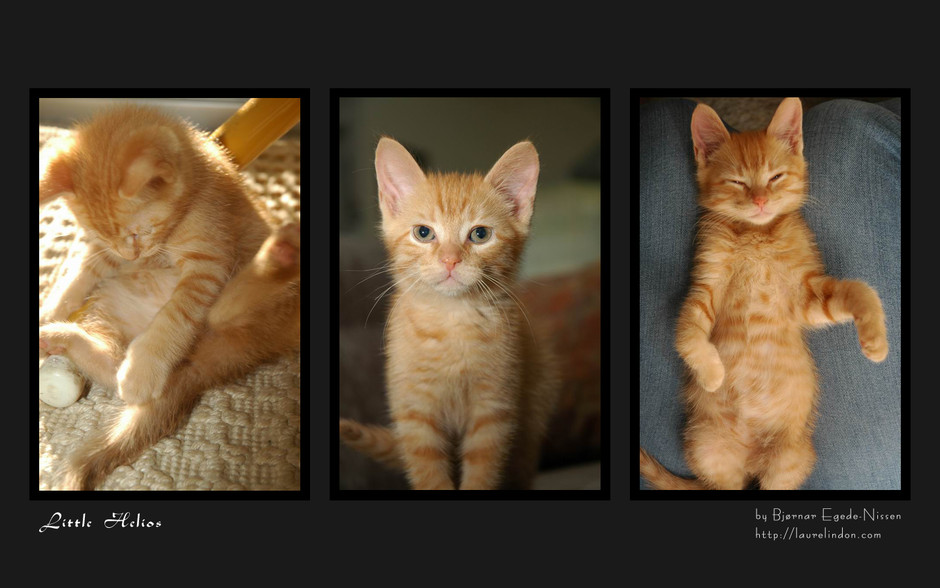I caught this robin (Norwegian: rødstrupe) cleaning its feathers with my 300mm. I wasn’t this close though, it’s cropped to about a third of the size of the original. A lesson from this picture is that I could well stop up one or two times when it’s this bright, to make it sharper and get a greater depth of field.
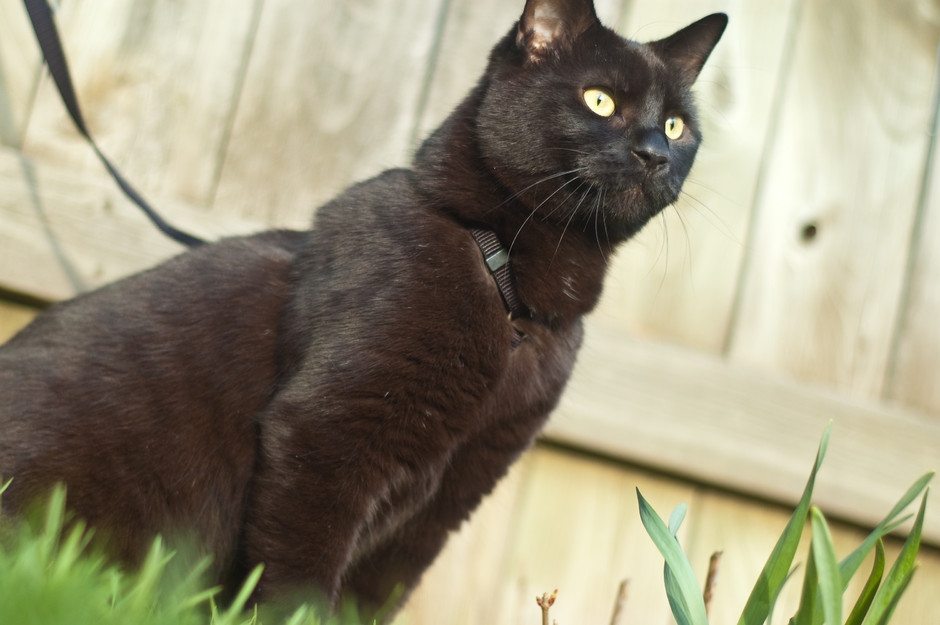
Morph in the springtime
School is over and it’s spring once again. Time for Morpheus to once more venture into the great outdoors.

Niagara Falls in Winter Attire
Oh, I guess I can never get enough pictures of good ol’ Niagara Falls — and as it turns out, I had no good pictures of it in its winter dress.
Geoengineering
It’s time for an update about what I’m doing these days. Apart from taking a course in Complex Systems Theory (think Jurassic Park, when Jeff Goldblum is talking about “chaos theory”; it’s in the same alley, though there is a lot more to it) that is really tickling my intellectual fancy, I’ve been working on figuring out what my master research paper (MRP) will be about. I have to write the MRP in the fall of 2009, it has to be original research and about 60 pages in length. Because of my interest in climate change, I have chosen to write about geoengineering. I have been lucky enough to get the support of Dr Thomas Homer-Dixon, formerly of the University of Toronto and author of i.a. “The Upside of Down” and “The Ingenuity Gap“, who will supervise me. Dr Dan McCarthy, my teacher in complex systems, will be my secondary adviser.
What is geoengineering, you might ask
While there is no single and universally agreed-upon definition, suffice it to say here that geoengineering is actively and intentionally attempting to change the global climate (geoengineering is sometimes used to describe geotechnical engineering, which is unrelated). There are two fundamental ways of changing the climate: either control the level of greenhouse gases in the atmosphere, mainly carbon dioxide (CO2); or, attempt to control the temperature of the Earth directly, through solar radiation management. While the former is almost by definition more benign (depending on how it’s done), the latter is for the most part significantly easier and less costly. It has indeed been calculated that releasing sulphur dioxide (SO2) into the stratosphere—for the purpose of cooling the planet by deflecting sunlight—could cost as little as $30 billion a year using a fleet of Boeing 747s. For the time being, I will leave you to ponder what possible negative consequences that could have (what could possibly go wrong…). I will blog more about geoengineering later.
Excerpts from my MRP proposal:
Why study geoengineering?
While humankind is gaining the technical capability to change the climate and the body of scientific literature about geoengineering is quickly expanding, the political, economical, social and security implications of such a capability are still largely unexplored. Also, the lack of progress in climate change mitigation and the high risks associated with climate change, combined with tremendous uncertainty about how it is going to unfold, give the issue further urgency.
As climate change becomes more pronounced, world leaders, politicians, economists, scientists, newspaper columnists and the wider public may start to demand geoengineering solutions, especially if the climate deteriorates rapidly—a climate emergency. Such an event cannot be ruled out, as we cannot assume that the global climate change trend will be linear or orderly or that the climate models of the IPCC are accurate. However, the potential effects of the various geoengineering schemes on the environment are as poorly understood as the climate itself, while the stakes will be astronomical.
Questions I will ponder:
Primary Question
- What are the geopolitical consequences of geoengineering in the event of a climate emergency, and what would be the role of global governance under such a scenario?
Secondary questions
- What organisations currently exist that could deal with a climate emergency?
- What would be the role of the Security Council (SC)? How could the SC be adapted to cope with the challenge?
- Is securitisation of the problem desirable? What are the benefits and drawbacks of this?
- What happens if a country, group of countries or a private interest party acts unilaterally? What are the geopolitical ramifications, whether the implicated party is one of a host of undemocratic and poorly governed countries or a member of the Security Council P-5?
Further reading
For a short introduction to geoengineering, I recommend reading the entry for geoengineering in the Encyclopedia of Global Change, written by David Keith, one of the foremost geoengineering scientists.

Kongens Utsikt – The King’s View
I finally managed to put together a panorama from a bunch of pictures I had taken for that purpose quite a while ago. What kept me from posting this earlier was that the TIFF source files were too large for the program I was using; it ran out of RAM (no matter how large I made the scratch file). I finally put it together manually, after wasting more hours than I care to admit.
Anyway, the star of this post is this magnificient view, overlooking the landscape in Norway where I used to live before I came to Canada. In the picture you can see Lake Tyrifjorden, the Hole peninsula and beyond that the region of Ringerike. The viewpoint is called “The King’s View” – and it is truly fit for a king. Here is the general area on Google Maps.

Christmas Greetings 2008
Merry Christmas to everyone!I’m celebrating Christmas this year with Jenna and her parents in Michigan. We’re having a wonderful and relaxing time here, despite the economic gloom hanging over this country currently. Here’s a picture I took last Christmas when we were in Norway celebrating with my family. It is one of my favourite pictures, even though there’s fish on the table (well, salmon is quite decent for being so fishy).

Morph in the snow
St Catharines had a prodigous snowfall over the last couple of days (and more to come) – about 40 cm. We decided it was time to let Morpheus experience the big, white world… He was none too pleased, squawked a lot. We took him inside after a few minutes. No animals were hurt in this experiment.
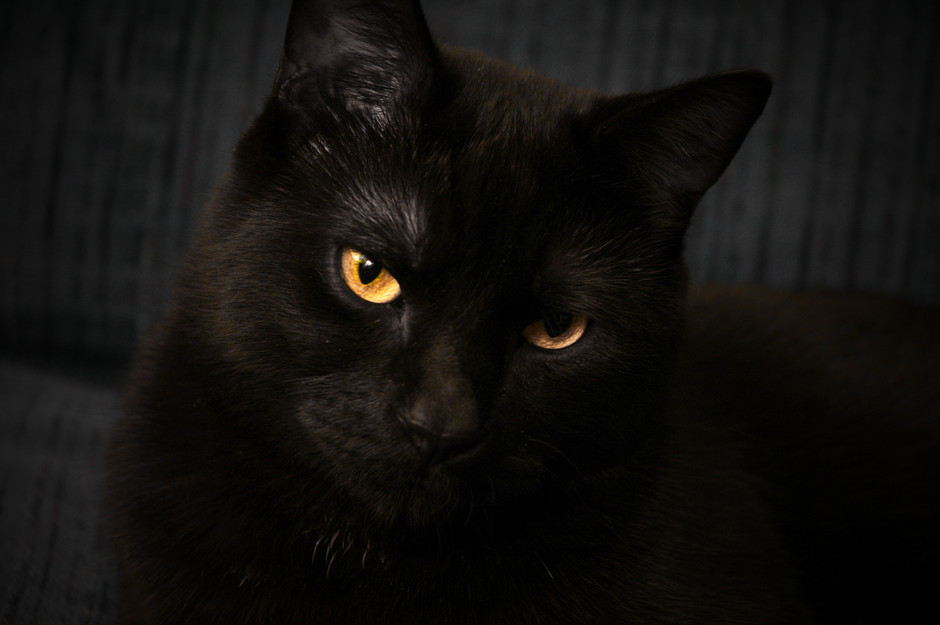
Black Furball
Helios (the orange cat) has so far been overrepresented on this blog, so here’s another picture of that black bundle of joy, Morpheus. Helios, by virtue of his colour, photographs much better. If I use a flash, Morph will get a strong sheen in his fur; if I don’t the black clipping will swallow all the details (outside works much better though). This one is a rare exception.
